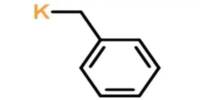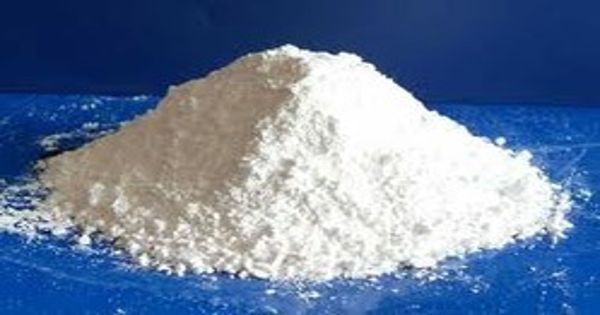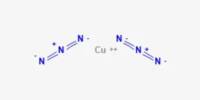Thermoelectric materials show the thermoelectric effect in a strong or convenient form. It can convert temperature differences to electrical voltage and vice versa. The thermoelectric effect is caused by the Seebeck effect, which occurs when the temperature difference between two points in a material generates an electric field.
The term “thermoelectric effect” describes phenomena in which either an electric potential is created by a temperature difference or a temperature difference is created by an electric current. The Peltier effect, which uses an electric current to drive heat flow, the Thomson effect, which causes reversible heating or cooling within a conductor when there is both an electric current and a temperature gradient, are the more precise names for these phenomena.
Power generation, refrigeration, and temperature sensing are all possible applications for thermoelectric materials. They have received particular attention as a promising waste heat recovery technology, capable of converting waste heat from industrial processes or automobile exhaust into electricity.
Despite the fact that all materials have a thermoelectric effect, it is usually too small to be of any use. However, inexpensive materials with a strong enough thermoelectric effect (and other necessary properties) are also taken into account for uses like power generation and refrigeration. Based on bismuth telluride (Bi2Te3), thermoelectric materials are used most frequently.
Bismuth telluride (Bi2Te3), lead telluride (PbTe), and silicon-germanium alloys (SiGe) are some of the most commonly used thermoelectric materials. Because of their high thermoelectric efficiency and ability to operate at high temperatures, these materials are ideal for a wide range of applications.
In specialized applications, thermoelectric materials are used for cooling or heating. They are also being researched as a way to generate electricity from waste heat. The development of new materials, particularly in terms of enhancing transport and thermoelectric properties, continues to drive this field’s research.
By capturing wasted heat and converting it into electricity, thermoelectric (TE) materials can increase fuel efficiency, offer a reliable alternative energy source in numerous applications, and help with the search for new energy sources. Superior TE materials need to be sought out using a variety of tactics in order to build high-performance TE devices. High-performance TE device development has the potential to increase interest in TE materials research and expand the market for TE applications.
However, current thermoelectric materials are still inefficient and expensive, and research to develop new materials with improved thermoelectric properties is ongoing. One approach is to use nanotechnology to improve the transport properties of the materials, while another is to use advanced computational methods to create new materials with optimized thermoelectric properties.
















